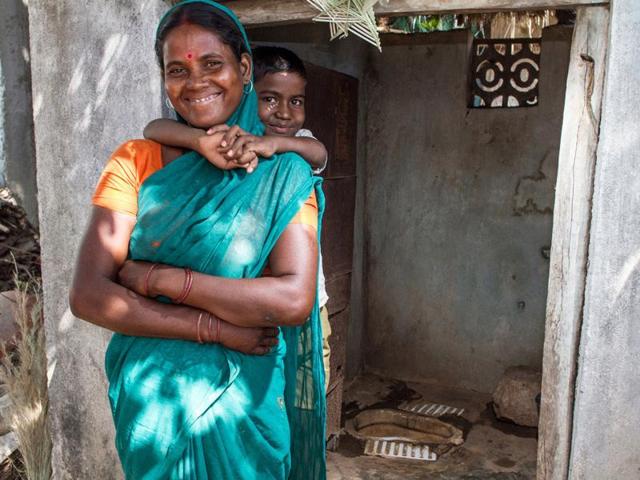One-size-fits-all plans will not improve India’s stinking sanitation record
In Pali, Rajasthan, a women-led community service group called Mission Poorn Shakti has been a conducting door-to-door campaign to spread awareness. Moreover, families can access a sanitation park and also choose the model of toilets they want
In July, I was in a village in Alwar, Rajasthan, on an assignment and I saw several houses had brand new toilets with Swachh Bharat Mission logo on them. When I asked my local contact, Akshay, about the new toilets, he said: “Yes, there is a rush now to build toilets, but mostly women use them… men still prefer the fields”. Why so, I asked. “I don’t know … it could be a matter of habit or they don’t understand the link between health and sanitation,” Akshay added.

Two recent reports show that this love for open defecation in rural India continues despite the NDA government’s toilet building efforts. In 2015-16, 12.7 million toilets were built against a target of 12 million. Since the start of the Swachh Bharat Mission (SBM) in 2014, 21 million toilets were installed in rural areas, covering 53.6% of the population.
Read: Swachh Bharat battles rural India’s belief that open defecation is better
A State-initiated rapid survey found rural India a big behavioural challenge. In the countryside, 52% of the population still thinks outdoors are their go-to area for defecation. Another ethnographic study by demographers quoted 47% of rural households in five states (Uttar Pradesh, Madhya Pradesh, Rajasthan, Haryana and Bihar) as saying that they prefer open defecation because they find it pleasurable, convenient and comfortable.
In 2014, the year the government launched the SBM, I asked Dean Spears of the Research Institute of Compassionate Economics whether the programme can change India’s stinking sanitation record.
Spears who has worked in El Salvador, India and Sri Lanka on sanitation issues, said that the situation will not change unless there is a change in the thought process of the people. Moreover, he added, that the sanitation ladder (open defecation-flush toilets with piped water) seems to be missing in this country.
Read: Don’t flush this opportunity away
Moreover, in rural India, caste Hindus will not empty their own latrine pits – it would be considered extremely degrading. Dalits also understandably resist doing this work because it is a symbol of their past and continuing oppression. The market for pit emptying services is broken. Hence, people do not invest in a toilet until they can afford one that will have to be emptied only very rarely.
Read: Swachh Bharat corpus drying as corporates not chipping in
In ‘Solving India’s Sanitation Puzzle’, Spears’ colleague Sangita Vyas writes: “We don’t yet know what will accelerate the reduction of open defecation in India, and there is unlikely to be a silver bullet. What we do know, though, is that it will require frank and uncomfortable conversations about what purity, pollution and the continuing practice of untouchability have to do with rural India’s open defecation crisis”.
Read: Solving India’s sanitation puzzle
Interestingly, sometimes solutions can be found in the problem areas only. Take for example, Rajasthan. The state has always done poorly on sanitation because of water scarcity, low literacy and difficult terrain. However, when the state junked the construction-driven agenda and brought in a participatory approach, it paid off.
This may all sound bit NGO jargon, but here is what happened: In districts such as Bikaner and Pali, the campaign was localised and, as this report says, every household that constructs a toilet gets a Phutro Ghar (beautiful home) nameplate for their home on which the name of the female family member is mentioned ahead the male member.
In Pali, for instance, a women-led community service group called Mission Poorn Shakti has been a conducting door-to-door campaign to spread awareness. Moreover, families can access a sanitation park and also choose the model of toilets they want.
Bikaner has a mobile-based application to monitor the usage of toilets. Further, to encourage toilet usage, the districts make payments to the beneficiaries only after they start using the toilet. “Hence, subsidy is no longer the means through which households construct a toilet, but a reward they get for using it,” the report added.
The Rajasthan example shows that one-size-fits-all plans will not end sanitation woes. Every state needs to think approach the problem differently, according to its own needs and capability to implement.
Twitter: @kumkumdasgupta





